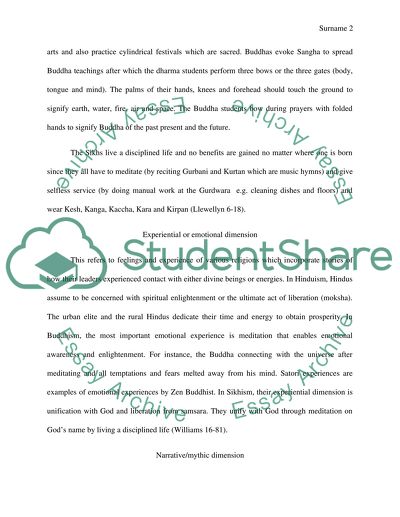Cite this document
(“Hinduism, buddhism and sikhism Essay Example | Topics and Well Written Essays - 1000 words”, n.d.)
Retrieved from https://studentshare.org/religion-and-theology/1630582-hinduism-buddhism-and-sikhism
Retrieved from https://studentshare.org/religion-and-theology/1630582-hinduism-buddhism-and-sikhism
(Hinduism, Buddhism and Sikhism Essay Example | Topics and Well Written Essays - 1000 Words)
https://studentshare.org/religion-and-theology/1630582-hinduism-buddhism-and-sikhism.
https://studentshare.org/religion-and-theology/1630582-hinduism-buddhism-and-sikhism.
“Hinduism, Buddhism and Sikhism Essay Example | Topics and Well Written Essays - 1000 Words”, n.d. https://studentshare.org/religion-and-theology/1630582-hinduism-buddhism-and-sikhism.


